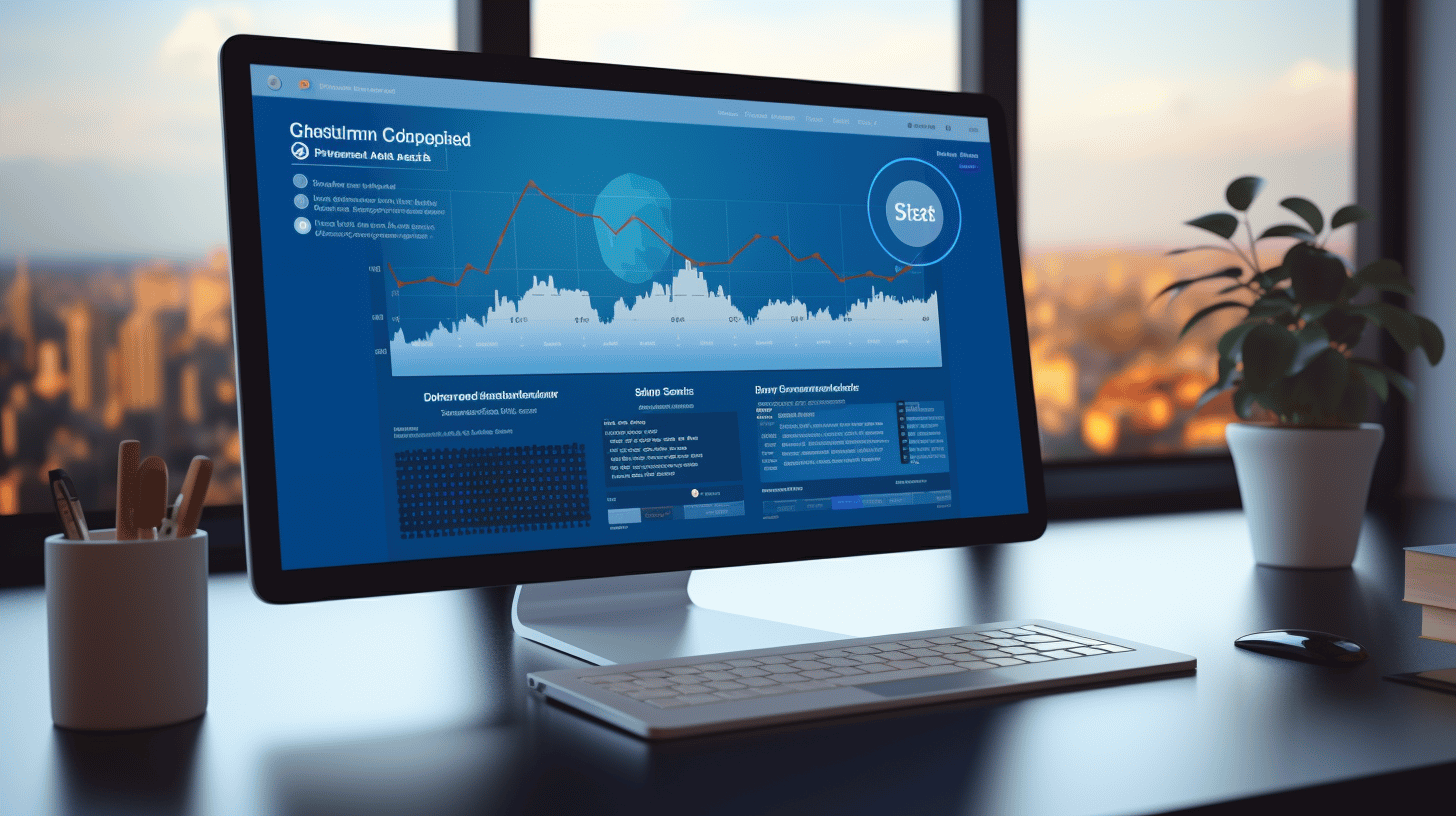
| 插件名稱 | 漏洞類型 | CVE編號 | 緊急 | CVE 發布日期 | 來源網址 |
|---|---|---|---|---|---|
| 充分利用你的驅動器 | 跨站腳本 (XSS) | CVE-2025-7050 | 高的 | 2025-08-04 | 看詳情 |
Use-your-Drive WordPress 外掛程式(<= 3.3.1)中存在未經驗證的儲存型跨站腳本 (XSS) 漏洞
Managed-WP 已確定一個關鍵問題 未經身份驗證的儲存型跨站腳本攻擊 (XSS) 廣泛使用的漏洞 使用您的雲端硬碟 WordPress 插件影響所有版本,直至 3.3.1該漏洞允許遠端攻擊者無需任何身份驗證,即可透過篡改文件元資料注入有害腳本,從而危及所有運行受影響外掛程式的 WordPress 網站。
在本文中,Managed-WP 解釋了漏洞的性質、潛在後果,並提供了網站所有者如何有效保護其網站的可操作指導。
這個漏洞究竟是什麼?
跨站腳本攻擊 (XSS) 是常見的安全性威脅,攻擊者會將惡意程式碼注入到受信任的網頁中。當訪客載入這些頁面時,嵌入的腳本會在他們的瀏覽器中執行,通常會導致未經授權的操作、資料竊取或網站篡改。
使用您的驅動器插件會受到怎樣的影響?
此漏洞是由以下原因造成的: 文件元資料輸入清理不足 在插件的上傳和管理功能中,惡意使用者可以精心建構元資料有效載荷(例如檔案標題或描述),插件會將這些資訊儲存起來,並在之後呈現在網站上。由於這些輸入沒有正確轉義,因此腳本會保留在插件內部(儲存型跨站腳本攻擊),並在使用者查看受感染的內容時自動執行。
令人擔憂的是… 無需用戶身份驗證這意味著即使是匿名攻擊者也可以利用這個漏洞。
為什麼WordPress網站所有者應該提高警覺?
- 無需身份驗證: 攻擊者無需登錄,這大大增加了攻擊面。
- 持久性存儲型 XSS: 惡意負載會永久存儲,任何查看受感染數據的人都會受到影響,包括網站管理員。
- 廣泛的影響: 漏洞利用可以竊取使用者會話、重新導向訪客、顯示未經授權的內容或執行未經授權的命令。
- 資訊揭露後的快速利用: 攻擊者通常會在漏洞公開後立即使用自動化工具掃描和攻擊這些漏洞網站。
風險詳情一覽
| 範圍 | 資訊 |
| 受影響的插件版本 | 使用您的驅動器 <= 3.3.1 |
| 漏洞類型 | 儲存型跨站腳本攻擊(XSS) |
| 需要身份驗證 | 無(未經認證) |
| CVSS v3.1 嚴重程度評分 | 7.1(中等) |
| OWASP 類別 | A7:跨站腳本攻擊 |
| 已打補丁的插件版本 | 3.3.2 |
| 當前漏洞利用狀態 | 漏洞利用活動活躍,預計還會增加。 |
WordPress 網站可能受到的影響場景
如果不加以解決,攻擊者可能:
- 劫持管理員帳號: 惡意腳本可以控制管理員會話,從而實現對網站的完全控制。
- 發動網路釣魚攻擊: 用戶可能會被重定向到旨在竊取敏感資訊的詐騙網站。
- 部署惡意軟體: 利用此漏洞作為入口,攻擊者可以安裝惡意軟體或Web Shell。
- SEO 與流量損失: 惡意修改會損害搜尋引擎排名並降低用戶體驗。
為什麼立即採取行動至關重要
從漏洞公佈到大規模利用之間的時間通常非常短。網站所有者如果延遲更新漏洞,將面臨以下風險:
- 無意中將整個 WordPress 生態系統暴露給攻擊者。
- 由於自動攻擊機器人掃描此漏洞,導致攻擊迅速失敗。
- 可能導致資料遺失、被搜尋引擎列入黑名單,以及聲譽或法律後果。
如何保護您的網站免受此漏洞攻擊
- 立即升級:
將 Use-your-Drive 更新至版本 3.3.2 或更高版本 問題已解決。 - 輸入內容需經過清理:
對元資料欄位採用額外的驗證和轉義—尤其是在管理自訂整合時。 - 限制上傳權限:
限制只有受信任的使用者才能上傳或管理檔案。 - 使用 WordPress 防火牆:
部署具有虛擬修補功能的 Web 應用程式防火牆 (WAF),以便在套用修補程式時封鎖惡意請求。 - 監控您的網站:
密切注意日誌、使用者活動和前端內容,以發現異常變化或入侵跡象。
Web應用防火牆(WAF)的關鍵作用
Managed-WP 強烈建議 WordPress 網站擁有者在打補丁的同時,也要配備強大的 WAF 保護:
- 虛擬補丁: 無需等待外掛程式更新,即可立即保護您的網站免受已知漏洞的攻擊。
- 全面威脅防護: 可防禦 XSS、SQL 注入、CSRF 和其他常見風險。
- 自動攻擊偵測: 在掃描機器人和攻擊嘗試到達您的網站之前將其攔截。
- 持續惡意軟體監控: 及早發現惡意文件和行為,以減少損失。
整合專用防火牆可以顯著提高安全態勢,遠勝於僅依賴插件更新。
WordPress網站所有者的最佳實踐
- 保持 WordPress 核心程式、主題和外掛程式的更新。
- 定期備份以確保快速復原。
- 仔細審核並限制使用者角色和權限。
- 使用強密碼、唯一密碼並啟用雙重認證(2FA)。
- 利用提供即時保護和漏洞緩解的綜合防火牆解決方案。
- 對你的團隊進行安全風險培訓,例如網路釣魚和惡意內容注入。
常見問題解答
Q1:如何查看我的 Use-your-Drive 插件版本?
在 WordPress 管理後台導覽至 插件 → 已安裝插件找到“Use-your-Drive”,並查看顯示的版本號。如果版本號碼為 3.3.1 或更低,請立即升級。
Q2:攻擊者能否利用此 XSS 漏洞控制我的整個網站?
XSS 本身注入腳本,但它可以作為提升權限或安裝其他惡意軟體的跳板,最終導致整個網站被攻陷。
Q3:安裝通用安全插件能保護我嗎?
安全插件雖然有幫助,但可能無法偵測或阻止此類插件特有的漏洞。具備虛擬修補功能的專用 WordPress 防火牆能夠提供更可靠的防禦。
Managed-WP 如何保障您的 WordPress 安全
Managed-WP 致力於保護 WordPress 網站免受外掛漏洞等威脅。我們的 Web 應用防火牆提供以下功能:
- 即時偵測並阻止已知的插件漏洞利用。
- 即時虛擬修補,甚至在官方修復程式安裝之前就能堵住安全漏洞。
- 防止 OWASP Top 10 Web 應用程式威脅,包括 XSS 和注入攻擊。
- 持續的惡意軟體掃描,並輔以智慧緩解措施。
從個人部落格到企業網站,Managed-WP 的多層防禦可降低風險,確保您的網站安全。
試試 Managed-WP 的免費基礎防火牆計劃
簡單而強大的 WordPress 網站安全方案
為了幫助 WordPress 網站所有者迅速應對類似最近發生的 XSS 漏洞等安全漏洞,Managed-WP 提供了一個功能。 免費基礎套餐 包括以下基本安全功能:
- 管理型防火牆 無限頻寬
- 企業級 Web 應用防火牆 (WAF)
- 進階惡意軟體掃描功能可及早發現感染
- 立即抵禦 OWASP Top 10 漏洞
免費註冊,沒有任何附加條件,設定簡單,即可立即提升您網站的防禦能力。
立即保護您的 WordPress 網站 透過註冊 Managed-WP 的免費防火牆計劃 https://managed-wp.com/buy/free-firewall-plan/.
結論:不要等到最後一刻才保護您的網站
WordPress 外掛程式生態系統既是優點也是安全挑戰的來源。例如 Use-your-Drive 插件中的 XSS 漏洞就凸顯了以下幾點的重要性:
- 及時更新和負責任的修補程式管理
- 持續監控新威脅
- 多層防禦,包括網路應用防火牆(WAF)和惡意軟體偵測
透過將有效的修補程式與主動安全技術和良好的操作實務結合,WordPress 管理員可以大幅降低攻擊者帶來的風險。
保持警惕。使用 Managed-WP,保障安全。
其他資源
- 修復 WordPress 外掛程式中 XSS 漏洞的最佳實踐
- 如何審核 WordPress 外掛的安全問題
- 了解虛擬修補程式以保護 WordPress 網站
- OWASP十大威脅解析(針對WordPress用戶)
- WordPress 入侵事件的因應策略
注意:務必先在測試環境中套用更新和安全性配置,以防止潛在的停機。
由 Managed-WP WordPress 安全專家撰寫
如需客製化安全諮詢和其他服務,請訪問 Managed-WP 的官方網站.


















